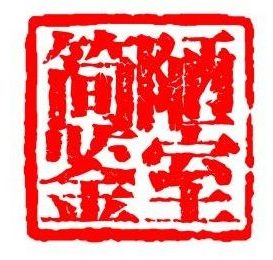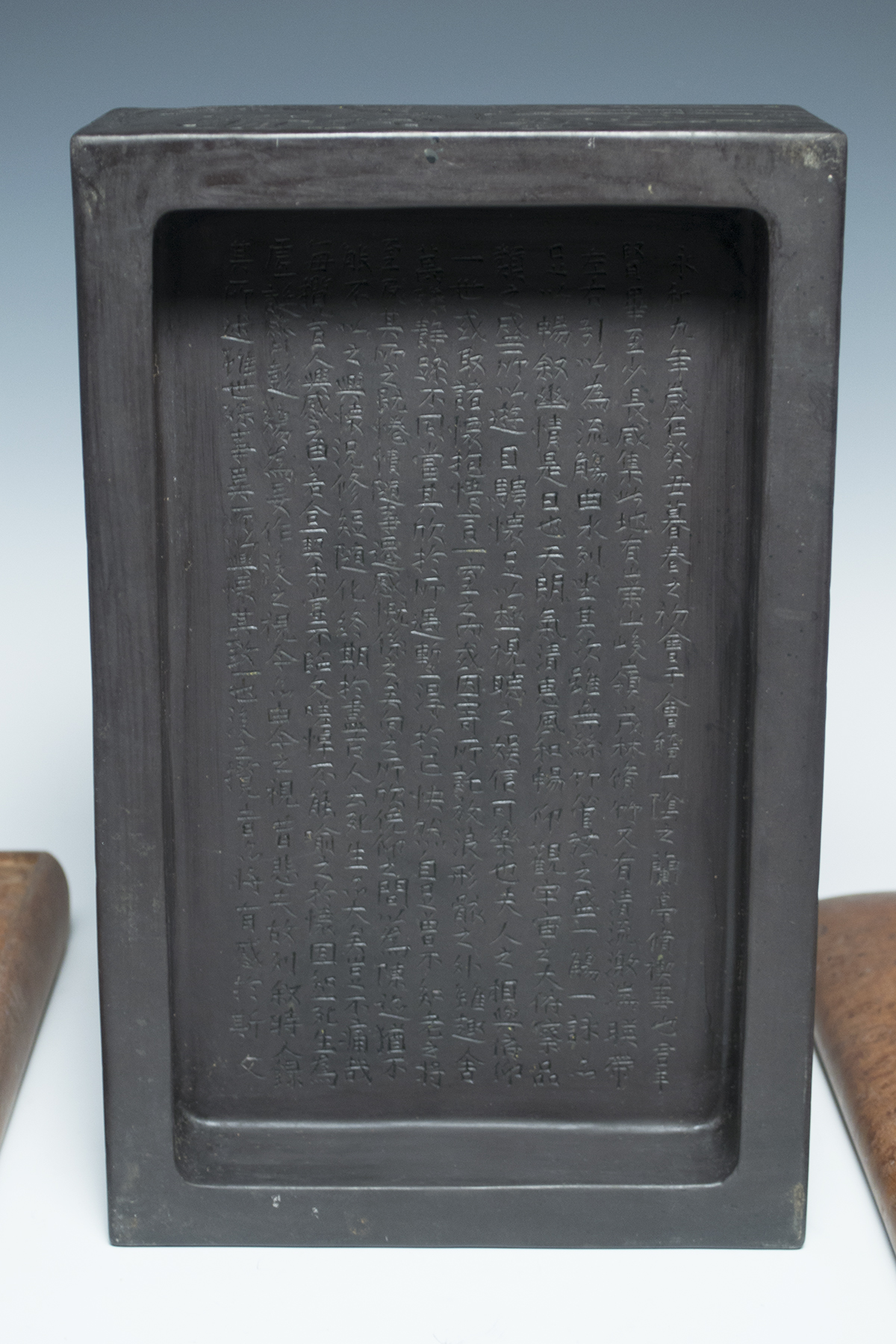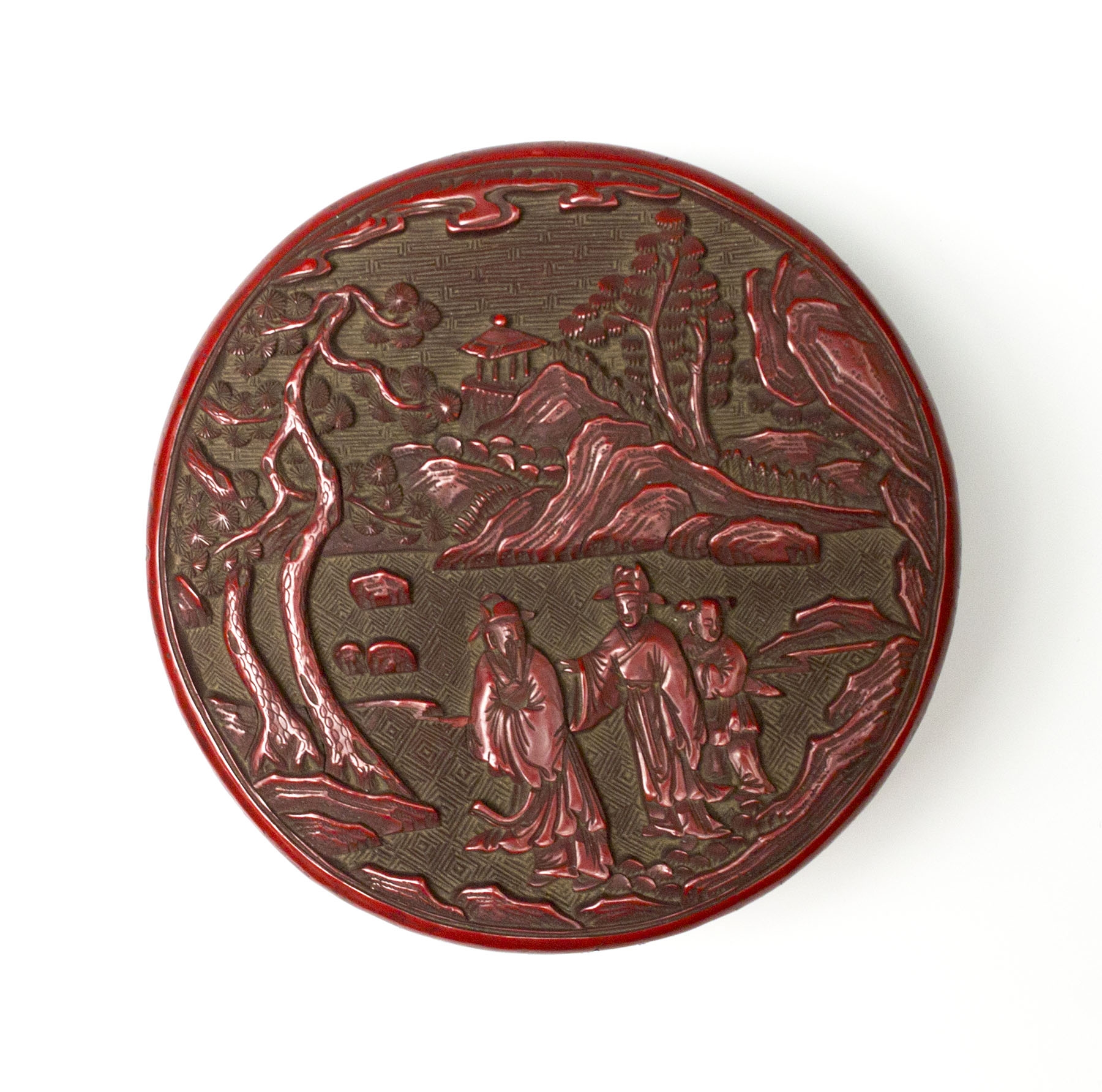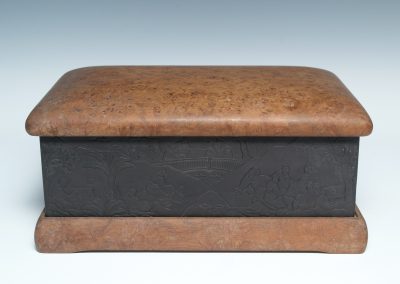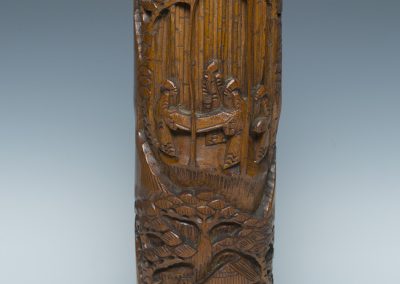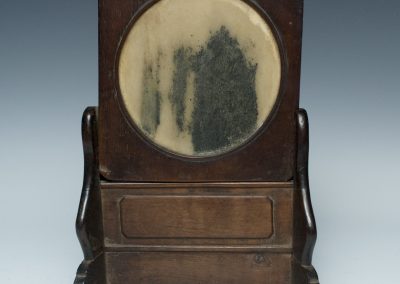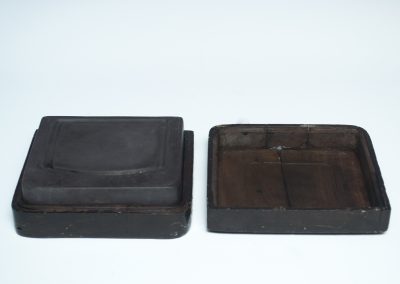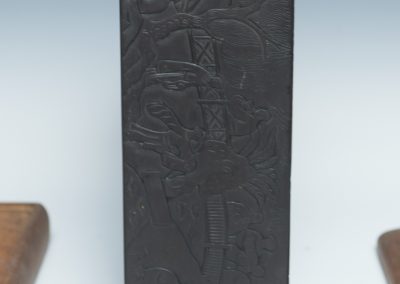Others
In Chinese society, a significant source of art and culture came from the scholarly class or literati. This section of society, made up of primarily intellectual elite, emphasized the study of history and engaged in active conversation with past masters in art, which was shown through calligraphy and painting. Scholars were additionally influenced by Confucianism, a philosophy that mainly emphasized human relationships, and Daoism, a philosophy that focused on the relationship between humans and nature. These ideologies were reflected in both scholars’ artistic work and private workspaces. It was believed that the studios of serious scholars must show a certain level of taste as well as possess a variety of calligraphy and paintings from past dynasties. For this reason, their studios displayed objects that were both functional and aesthetically pleasing. The variety of objects within the scholar’s studio demonstrated an appreciation of past art and served as a source of inspiration for their own works. Objects such as a brush washer and a lacquer box were used by scholars when they wrote and created painting and calligraphy, but given their intricate, exterior decoration they also served as works of art themselves. In addition to these functional objects, scholars collected thought-provoking pieces of art that decorated their studios and served as inspiration for their work. Within this exhibition, one can see items such as painted hanging scrolls and dream stone screens. Each of these items makes direct references to past Chinese art forms such as jades, bronzes, and landscape paintings. The possession of prized artistic objects allowed scholars to connect with past masters while cultivating their own spirit.
